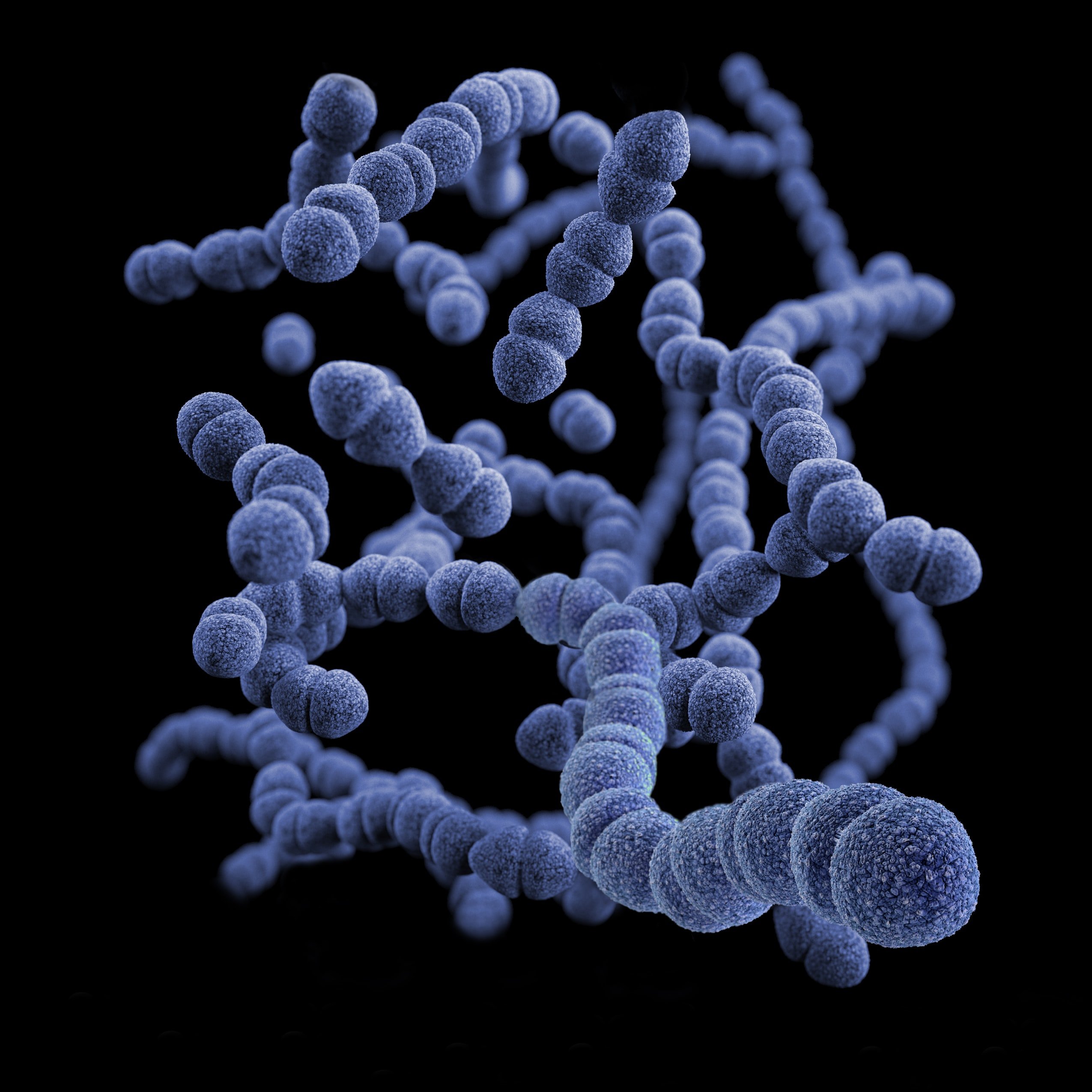What are the types of fungal infections that exist? Fungal infections can occur on almost any part of the body, and they can be difficult to treat. While some fungal infections are mild and cause no symptoms, others can be serious and even life-threatening. There are many different types of fungal infections, and they can be classified based on the part of the body affected or the type of fungus causing the infection. In this blog post, we will explore some of the most common types of fungal infections and their symptoms.
Types of fungal infections
1. Athlete’s foot
Athlete’s foot is a common fungal infection of the skin on the feet. The fungus that causes athlete’s foot can also infect the toenails and cause nail fungus. Athlete’s foot is most often caused by a group of fungi called dermatophytes. These fungi thrive in warm, moist environments, such as locker rooms, public showers, and swimming pools.
Athlete’s foot usually begins as a small patch of itchy, red skin. The rash may spread and become irritated, causing burning, stinging, or pain. Blisters may also form on the affected skin. If left untreated, athlete’s foot can spread to other parts of the body, including the groin and underarms. Athlete’s foot can also lead to secondary bacterial infections of the skin.
To prevent athlete’s foot, always wear clean socks and shoes. Allow your feet to air out as much as possible, and keep them dry. Avoid walking barefoot in public places. If you have athlete’s foot, keep your feet clean and dry and treat the infection with an antifungal cream or powder
2. Ringworm
Ringworm is a fungal infection that can affect the skin, scalp, or nails. The symptoms of ringworm include a red, itchy rash that may be scaly or flaky. Ringworm is usually caused by a type of fungus called tinea corporis, which thrives in warm, moist areas. Ringworm is contagious and can be spread through direct contact with an infected person or by sharing contaminated clothing or towels. Treatment for ringworm typically involves antifungal creams or powders.
Also read: Dogoyaro Leaf Health Benefits
3. Candida
Candida is a type of yeast that is commonly found in the body. When the level of Candida in the body gets too high, it can cause an infection. Candida infections can occur in any area of the body where there are moist conditions, such as the mouth, throat, skin, and genitals.
Symptoms of a Candida infection include:
-Red, swollen, or cracked skin
-White patches on the skin or inside the mouth
-Itching or burning sensations on the skin or inside the mouth
-Pain when urinating
If you think you may have a Candida infection, see your doctor for diagnosis and treatment.
4. Jock itch
Jock itch is a fungal infection that typically affects the groin and inner thighs. The symptoms of jock itch include a red, itchy rash that may be scaly or flaky. Jock itch is usually caused by a type of fungus called tinea cruris, which thrives in warm, moist areas. Jock itch is contagious and can be spread through direct contact with an infected person or by sharing contaminated clothing or towels. Treatment for jock itch typically involves antifungal creams or powders.
How to prevent fungal infections
Fungal infections can be difficult to prevent, but there are some things you can do to lower your risk. Keep your skin clean and dry, especially if you sweat a lot. Wear loose-fitting clothes that allow your skin to breathe. Don’t share personal items like towels or razors. Avoid touching contaminated surfaces. If you have a compromised immune system, talk to your doctor about ways to reduce your risk.
Conclusion
There are many types of fungal infections, and each one requires its own specific treatment. If you think you might have a fungal infection, it’s important to see a doctor so that you can get the right diagnosis and treatment. In most cases, fungal infections are not serious and can be easily treated with over-the-counter medication. However, some types of fungal infections can be more serious and require prescription medication. No matter what type of fungal infection you have, there is a treatment available that can help you get rid of it.
More…
Fungal infections are caused by fungi, which are tiny organisms that live on the skin, in the air, or in soil. Fungi can cause infections when they invade the body through cuts, scrapes, or other breaks in the skin. Fungal infections can also be spread through contact with contaminated surfaces or objects. In some cases, fungi can be inhaled into the lungs.
There are many different types of fungal infections, and they can affect any part of the body. The most common type of fungal infection is athlete’s foot, which is a fungal infection of the skin on the feet. Other common types of fungal infections include ringworm, jock itch, and candidiasis. Fungal infections can range from mild to severe, and some can be life-threatening.
Most fungal infections can be treated with over-the-counter antifungal creams or powders. However, some types of fungal infections may require prescription medication. It’s important to see a doctor if you think you have a fungal infection so that you can get the appropriate diagnosis and treatment.
Also read: Real Stories: How Vaginal Dryness Almost Ruined My Marriage








